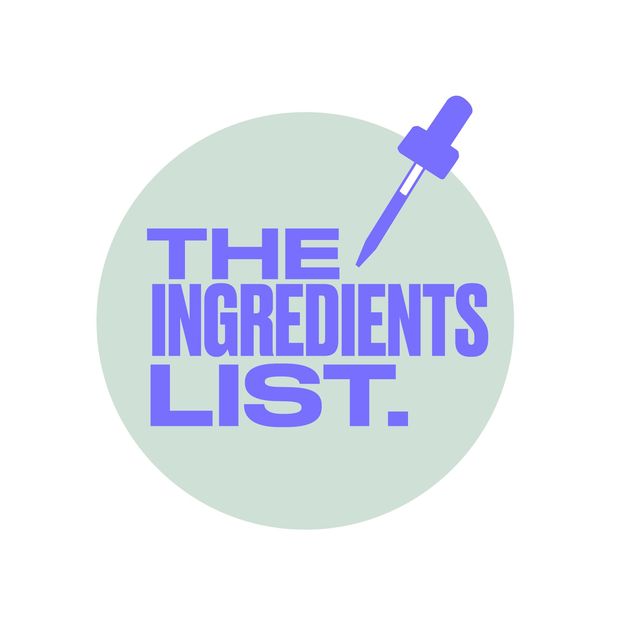Sustainability and Transparency Messaging in Beauty Marketing
The beauty industry is undergoing a significant transformation as sustainability and transparency become central to consumer expectations and brand strategies. Here’s a structured overview of current trends, challenges, and best practices in sustainability and transparency messaging for beauty marketing.
Key Trends in 2025
- Sustainability as a Core Driver: Sustainability is no longer a “nice-to-have” but a central driver of innovation, with brands expected to integrate responsible practices at every stage—from ingredient sourcing to packaging and waste management.
- Radical Transparency: Consumers demand full disclosure of ingredients, ethical sourcing, and environmental impact. Brands are under pressure to go beyond basic ingredient lists and provide clear, accessible information about their supply chains and sustainability efforts.
- Regenerative and Nature-Positive Practices: Leading brands are exploring regenerative agriculture, upcycled ingredients, and biotech innovations to minimize environmental harm and even restore ecosystems.
- Sustainable Packaging: There is a strong shift toward materials like glass, bamboo, aluminum, and post-consumer recycled plastics, reducing the environmental footprint and aligning with eco-conscious consumer values.
- AI and Personalization: Artificial intelligence is being used to predict demand, reduce overproduction, and offer personalized product recommendations, which helps minimize waste and improve sustainability across the supply chain.
Consumer Expectations and Behavior
- Informed and Conscientious Shoppers: Today’s beauty consumers are more knowledgeable and concerned about the products they use, prioritizing clean beauty, ethical sourcing, and environmental impact.
- Demand for Proof: Consumers expect brands to substantiate sustainability claims with clear evidence, moving beyond vague “green” messaging to detailed, verifiable information.
- Engagement with Sustainable Content: Brands that communicate authentically about sustainability see higher engagement, especially on social media, where detailed, interactive content (such as reels and carousels) performs well.
- Virtual Try-Ons and Reduced Waste: Digital tools like AI-powered virtual try-ons are reducing product waste and returns, further supporting sustainable consumption.
Challenges and Risks
- Greenwashing: Despite progress, greenwashing remains a concern, with some brands making superficial or unsubstantiated claims about sustainability.
- Lack of Full Disclosure: Many brands still do not fully disclose fragrance ingredients or their environmental footprint, leaving consumers in the dark about potential health and ecological impacts.
- Regulatory Gaps: The absence of standardized reporting and regulation makes it difficult for consumers to compare brands and hold them accountable.
Best Practices for Brands
- Transparent Pricing and Value: Brands should clearly explain why sustainable products may cost more, emphasizing product performance and value alongside eco-friendly benefits.
- Comprehensive Ingredient Disclosure: Full transparency about ingredients, including fragrances and sourcing practices, builds trust and meets regulatory and consumer expectations.
- Third-Party Certifications and Scorecards: Utilizing independent certifications and sustainability scorecards can help validate claims and differentiate brands in a crowded market.
- Storytelling and Education: Use social media and other channels to educate consumers about sustainability efforts, ingredient sourcing, and the brand’s environmental impact, fostering a deeper connection and loyalty.
- Innovation in Operations: Efficient supply chains, demand planning, and waste reduction strategies are critical for sustainable growth and credibility.
The Future of Sustainability Messaging
The convergence of science, technology, and sustainability is shaping the next generation of beauty products, with brands that embrace transparency and innovation poised to lead the market. As consumer awareness grows, the industry must continue to evolve, ensuring that sustainability and transparency are not just marketing buzzwords but integral to product development and corporate responsibility.
In summary:
Sustainability and transparency are now non-negotiable elements of beauty marketing. Brands must provide clear, honest, and detailed information about their practices, substantiate claims with evidence, and innovate continuously to meet the rising expectations of informed, eco-conscious consumers. Those that succeed will not only gain consumer trust but also set new standards for the industry as a whole.





